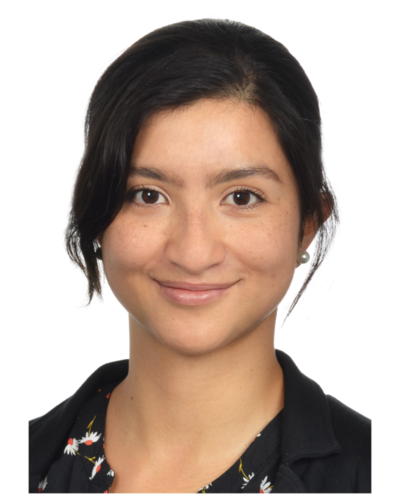Molven group
We employ large-scale gene analyses and other molecular genetic methods. Our aim is to identify and characterize new gene variants in diabetes families and patient registries.
Main content
Group leader: Anders Molven
We work closely together with the Clinical Medicine group (Pål R. Njølstad), as reflected in the high number of joint publications. Based on families and patient cohorts, the researches in our group use molecular methods to identify genetic variants with possible clinical impact. This information i then integrated with phenotypic information and other clinical data. In this way, the Molecular Genetics group has generated essential data for the following publications: Chudasama et al., Am. J. Hum. Genet., 2013; Flannick et al., Nature Genet., 2013; Flannick et al., Nature Genet., 2014.
Moreover, our group has studied to what extent monogenic diabetes is misdiagnosed as type 1 diabetes. By investigating the nationwide, population-based Norwegian Childhood Diabetes Registry, we were able to conclude that at least 1.1% of children with an initial diagnosis of type 1 diabetes actually had a monogenic cause for their disease (Irgens et al., Diabetologia, 2013). These results may have immediate diagnostic and treatment implications for the misdiagnosed patients identified. We were also responsible for data interpretation in the first published attempt to systematically employ whole-exome sequencing in MODY diagnostics (Johansson et al., PLoS One, 2012).
The group also focuses on follow-up investigations of the carboxyl-ester lipase (CEL) gene, previously discovered by Bergen diabetes researchers as the cause of a new syndrome of endocrine and exocrine pancreatic dysfunction (Ræder et al., Nature Genet. 2006). One recent major finding relates to the disease mechanism. We have studied the intracellular distribution of mutant CEL protein and found that it, in contrast to normal CEL, undergoes reuptake by endocytosis after its secretion, affecting viability of both exocrine and endocrine pancreatic cells (Torsvik et al., J. Biol. Chem., 2014).






